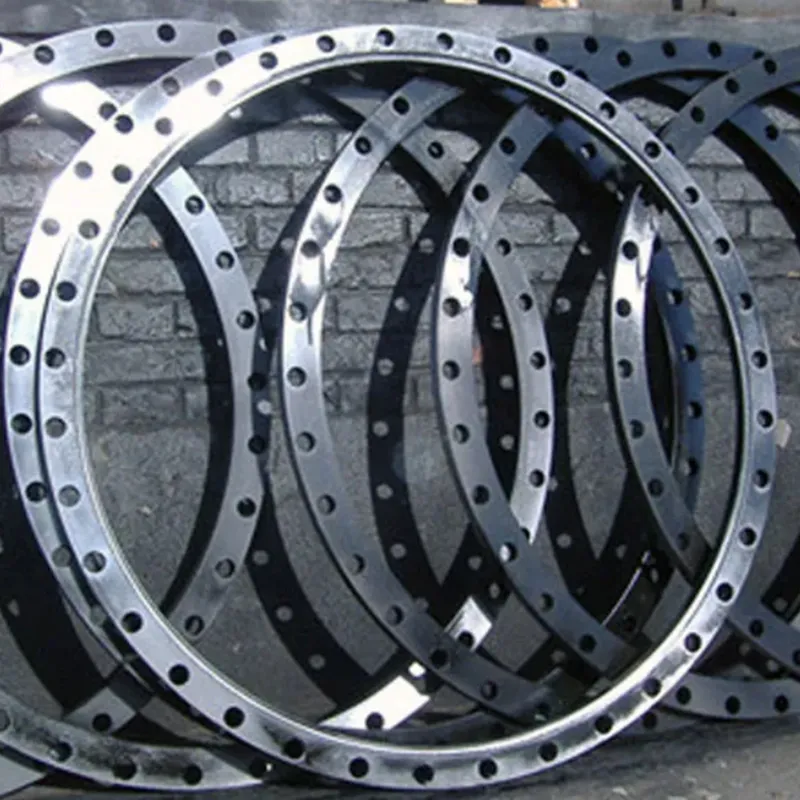-
Cangzhou Yulong Steel Co., Ltd.
-
Phone:
+86 13303177267 -
Email:
admin@ylsteelfittings.com
- English
- Arabic
- Italian
- Spanish
- Portuguese
- German
- kazakh
- Persian
- Greek
- French
- Russian
- Polish
- Thai
- Indonesian
- Vietnamese
- Zulu
- Korean
- Uzbek
- Hindi
- Serbian
- Malay
- Ukrainian
- Gujarati
- Haitian Creole
- hausa
- hawaiian
- Hebrew
- Miao
- Hungarian
- Icelandic
- igbo
- irish
- Japanese
- Javanese
- Kannada
- Khmer
- Rwandese
- Afrikaans
- Albanian
- Amharic
- Armenian
- Azerbaijani
- Basque
- Belarusian
- Bengali
- Bosnian
- Bulgarian
- Catalan
- Cebuano
- China
- China (Taiwan)
- Corsican
- Croatian
- Czech
- Danish
- Esperanto
- Estonian
- Finnish
- Frisian
- Galician
- Georgian
- Kurdish
- Kyrgyz
- Lao
- Latin
- Latvian
- Lithuanian
- Luxembourgish
- Macedonian
- Malgashi
- Malayalam
- Maltese
- Maori
- Marathi
- Mongolian
- Myanmar
- Nepali
- Norwegian
- Norwegian
- Occitan
- Pashto
- Dutch
- Punjabi
- Romanian
- Samoan
- Scottish Gaelic
- Sesotho
- Shona
- Sindhi
- Sinhala
- Slovak
- Slovenian
- Somali
- Sundanese
- Swahili
- Swedish
- Tagalog
- Tajik
- Tamil
- Tatar
- Telugu
- Turkish
- Turkmen
- Urdu
- Uighur
- Welsh
- Bantu
- Yiddish
- Yoruba

Dec . 13, 2024 02:30 Back to list
Exploring the Features of 2.5-Inch Flange Designs and Applications in Engineering
Understanding the 2.5-Inch Flange Design, Applications, and Benefits
Flanges are critical components used in various engineering applications, providing a means to connect pipes, valves, pumps, and other equipment in a piping system. Among the different sizes and types of flanges available in the market, the 2.5-inch flange stands out due to its versatility and practicality. This article explores the design specifications, applications, and benefits of the 2.5-inch flange.
Design Specifications
A flange is essentially a mechanical component that provides a stable connection point to ensure secure joinery between various pieces of equipment. The 2.5-inch flange is typically designed with specific dimensions and standards in mind. Most commonly, it adheres to the American National Standards Institute (ANSI) or the American Society of Mechanical Engineers (ASME) specifications.
The 2.5-inch flange comes in several pressure classes, including 150, 300, and 600 psi to accommodate different operational requirements. The thickness and material of the flange also vary based on its intended use, with common materials including carbon steel, stainless steel, and aluminum, each providing varying degrees of strength, corrosion resistance, and durability.
Types of 2.5-Inch Flanges
There are several types of flanges that can be categorized according to their design configuration, such as
- Welding Neck Flanges These flanges are characterized by a long neck that allows for a gradual transition between the flange and the pipe, helping to distribute stress more evenly.
- Slip-On Flanges These are designed to slip over the pipe and are then welded in place. They are easier to align and install compared to welding neck flanges.
- Blind Flanges As the name suggests, these flanges are used to seal the end of a piping system. They provide a pressure-tight seal, making them ideal for closing off pipelines.
- Lap Joint Flanges These are used in conjunction with a stub end, offering the advantage of easy bolt alignment and maintenance.
Applications
The 2.5-inch flange is utilized in a wide range of industries and applications, including
2.5 inch flange

1. Oil and Gas In this sector, flanges are integral to connecting pipelines transporting crude oil and natural gas. The 2.5-inch size is suitable for moderately-sized flow rates.
2. Water Supply Systems Municipal water systems frequently employ 2.5-inch flanges for connecting pipelines, valves, and fittings in treatment plants and distribution networks.
3. HVAC Systems In heating, ventilation, and air conditioning, these flanges are often used to connect ducting and support systems, ensuring efficient airflow and thermal management.
4. Chemical Processing The chemical industry relies on 2.5-inch flanges to manage the conveyance of different substances, requiring materials that can withstand corrosive environments.
5. Food and Beverage Sanitary applications in food processing frequently utilize 2.5-inch flanges made of stainless steel to maintain hygiene and prevent contamination.
Benefits
The 2.5-inch flange offers several advantages that make it a popular choice across various applications
- Ease of Installation Many types of 2.5-inch flanges can be easily installed with common tools and equipment, saving time and labor costs.
- Versatile Compatibility They can be easily adapted to various piping systems, making them suitable for multiple applications without a significant redesign.
- Strength and Reliability When properly selected and installed, 2.5-inch flanges provide a durable and reliable connection, capable of withstanding high pressures and extreme temperatures.
- Cost-Effective The 2.5-inch size strikes a balance between capacity and material costs, offering a cost-effective solution for moderate flow applications.
Conclusion
The 2.5-inch flange is a crucial component in many industries, providing reliable connections in a variety of piping systems. Its design, versatility, and ease of installation make it an ideal choice for applications ranging from oil and gas to water supply and HVAC systems. By understanding the specifications, types, applications, and benefits of the 2.5-inch flange, engineers and contractors can make informed decisions that ensure efficient and safe operation in their projects. As industrial needs evolve, the importance of such components will undoubtedly remain pivotal in the engineering landscape.
Latest news
-
ANSI 150P SS304 SO FLANGE
NewsFeb.14,2025
-
ASTM A333GR6 STEEL PIPE
NewsJan.20,2025
-
ANSI B16.5 WELDING NECK FLANGE
NewsJan.15,2026
-
ANSI B16.5 SLIP-ON FLANGE
NewsApr.19,2024
-
SABS 1123 FLANGE
NewsJan.15,2025
-
DIN86044 PLATE FLANGE
NewsApr.19,2024
-
DIN2527 BLIND FLANGE
NewsApr.12,2024
-
JIS B2311 Butt-Welding Fittings LR/SR 45°/90° /180°Seamless/Weld
NewsApr.23,2024











